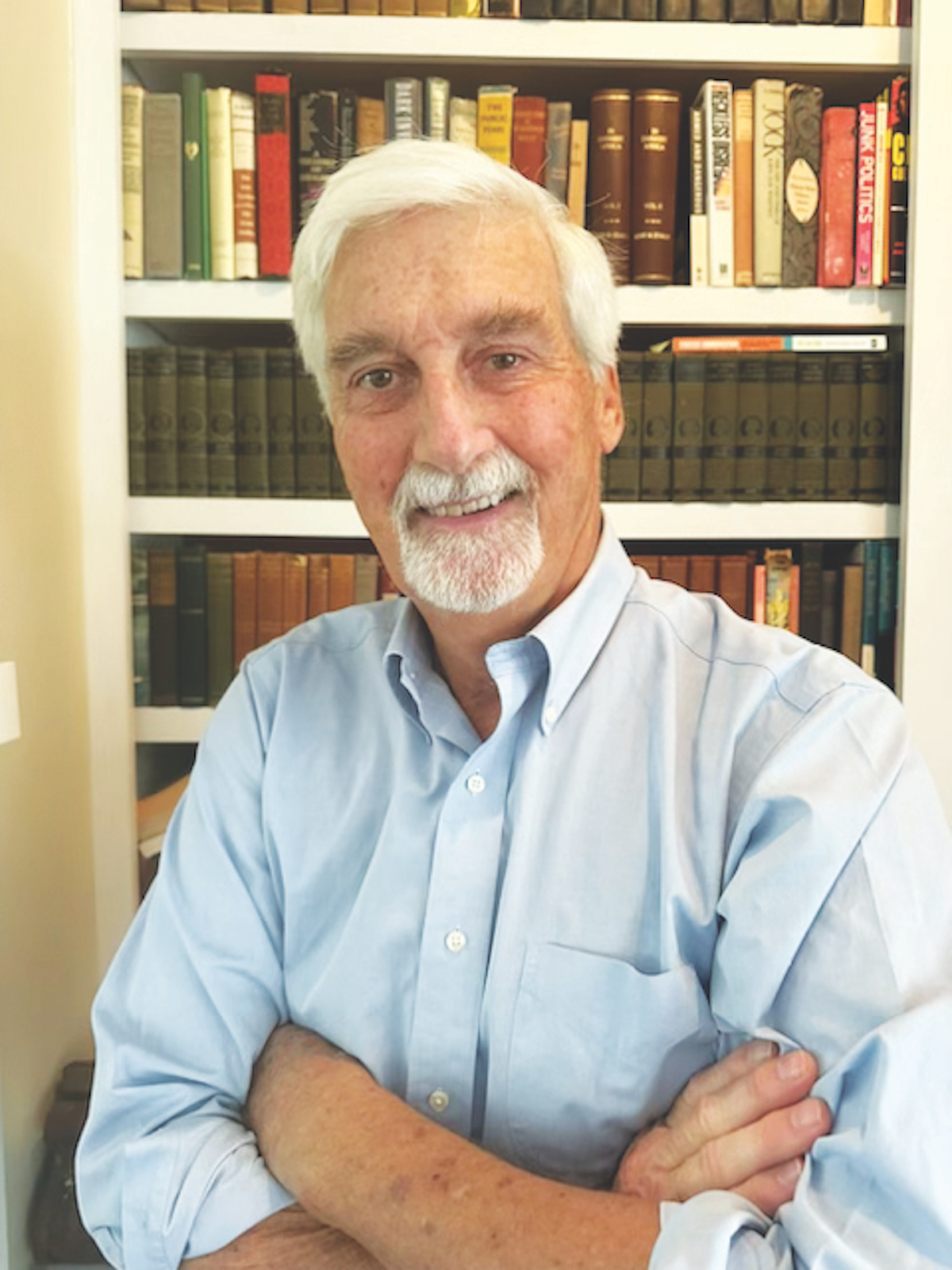By Bill Rauch
Next month South Carolina Electric and Gas will seek approval from South Carolina’s Public Service Commission to impose a 2.8 percent rate hike on the utility’s residential electric customers.
If approved, the new rate will take effect in October, 2015 and affect the company’s approximately 650,000 customers, many of whom live in northern Beaufort County.

The hike will be the 27th by South Carolina Electric and Gas (SCE&G) in the past decade, according to the State Government’s South Carolina Office of Regulatory Staff records. There have been no reductions.
According to the U.S. Energy Information Administration’s (USEIA) most recent figures, at $14.19 in 2013, SCE&G had the second highest per kilowatt hour residential rate of a shareholder-owned utility in all of the southeast. First, at $14.27, was Florida Public Utilities that serves the Palm Beach area. If it isn’t there already, the October hike may well secure SCE&G the dubious honor of charging the highest residential rates of any shareholder-owned utility in Texas, Louisiana, Mississippi, Alabama, Georgia, Florida, North Carolina, Virginia, West Virginia, Kentucky and Tennessee. South Carolina’s other two large utilities, Duke Energy and Duke Progress, were charging $9.71 and $9.97 respectively in 2013, according to the USEIA.
The October increase is being requested so that SCE&G can raise an additional $980 million to contribute to the building of the company’s behind-schedule and over-budget new nuclear power plant, “The Nuclear Base Load Generation Facility at Jenkinsville, South Carolina,” generally known as “VC Summer 2 & 3,” that the company is building with state-owned Santee Cooper Power Co.
The company now estimates the final cost of the facility will be $9.45 billion, up from the $8.18 billion it was initially projected to cost.
The company’s Public Service Commission filings also indicate that when it finally begins operations SCE&G will own 60 percent of the new power-generating facility and 40 percent will be owned by Santee Cooper. The two new reactors are being built near SCE&G’s Virgil C. Summer Nuclear Generating Station on the Monticello Reservoir outside Jenkinsville about 20 miles northwest of Columbia. If the rate increase is approved, seven of the 27 rate hikes will have been requested specifically to support the new nuclear power reactors, the construction of which have now adversely affected SCE&G’s credit and probably made the company the most expensive shareholder-owned residential electric power supplier in the southeastern United States.
At the time construction was begun in March, 2013, VC Summer 2 was the first nuclear power reactor building project to be undertaken in the U.S. in thirty years. The contractors are Westinghouse Electric Co. and Chicago Bridge and Iron. The delays and their related costs are “principally due to design and fabrication issues associated with the production of submodules used in the construction of the units,” SCANA Chairman and CEO Kevin Marsh said in a statement. SCANA is SCE&G’s parent company.
SCE&G’s decision to go nuclear three years ago was a surprise to many at the time. South Carolina presently derives 53.5 percent of its electrical energy from nuclear which is more than twice the 19 percent national average, according to the US Energy Information Administration’s website. When VC Summer 2 &3 finally come on line that number will rise further.
Nuclear power plants use nuclear fission to heat water to make steam to run the turbines that generate electricity. A by-product of nuclear energy production is spent nuclear fuel rods which are highly radioactive and may be disposed of only under extraordinary conditions. Next on the list of sources of South Carolina’s electricity comes coal—to heat water for the same purposes—at 36 percent. A by-product of coal burning, coal ash, is toxic. Typically coal ash is buried in unlined pits thus potentially endangering groundwater. Compared to wind, sun and biomass, each of which South Carolina has in abundance, nuclear and coal are said to be dangerous, dirty and expensive.
Oil and gas rich Texas, by contrast, derived over 10 percent of its electricity from wind last year, according to a February U.S. Energy Administration report. There are no wind farms in South Carolina. However, the state’s offshore wind has the potential to supply all the electricity the residential, commercial and industrial sectors of the state need, according to a recent Southern Alliance for Clean Energy report.
SCANA Corp’s stock, trading under the symbol SCG, has lost about 22 percent of its value since February.
What Can You Do?
SCE&G’s residential rate increase request does not require a public hearing, and none is scheduled. To comment on the rate change, however, you may write to The Public Service Commission of South Carolina at the following address: South Carolina Office of Regulatory Staff, 1401 Main Street, Suite 900, Columbia, SC, 29201. The comment period closes June 30.
To comment on the scheduling delays and the increase in the project budget at VC Summer 2&3 you may attend and speak at The Public Service Commission’s hearing on July 21st at 10:30 a.m. in their hearing room at 101 Executive Center Drive in Columbia. The hearing is expected to last three days. For details call the Commission’s office at (803) 896-5100.
SCE&G’s right to serve customers within the City of Beaufort is granted via a franchise agreement between Beaufort and the utility that on the City’s part is formalized in the form of an ordinance passed by City Council. The most recent agreement, the term of which is 30 years, was passed in 2013 and went into effect last year.
The unincorporated area of Beaufort County that is served by SCE&G was assigned to the utility by The Public Service Commission shortly after the “Territory Assignment Act” state law took effect in 1969. Although many petitions for reassignment have been forwarded to the Commission, only one has been granted, The Office of Regulatory Staff’s spokesman Dukes Scott explained last week, “and that one was overturned by the State Supreme Court.” The applicable state law says regarding reassignments that the Public Service Commission “shall consider among other things the adequacy and dependability of the service of the affected electric suppliers, but may not consider rate differentials between the electric suppliers.”




